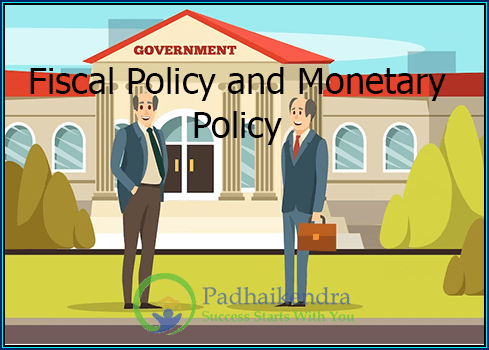Difference Between Monetary Policy and Fiscal Policy
Sure, here is a table highlighting the key differences between monetary policy and fiscal policy:
| Monetary Policy | Fiscal Policy | |
| Implemented by | Central bank | Government |
| Objective | Influence the money supply to achieve price stability and promote sustainable economic growth | Influence government spending and taxation policies to achieve economic stability and promote growth |
| Tools | Open market operations, reserve requirements, discount rate | Government spending, taxation policies |
| Independence | Central bank is typically independent from government influence | Government determines fiscal policy, subject to political pressures |
| Timing | More immediate effect on the economy | Takes longer to implement and see the effects |
| Focus | Narrowly focused on controlling inflation and promoting economic growth | Broader focus on social and economic goals, such as reducing inequality and promoting job creation |
| Example | Central bank lowering interest rates to encourage borrowing and investment | Government increasing spending on infrastructure to create jobs |
Monetary policy is implemented by the central bank and aims to influence the money supply to achieve price stability and promote sustainable economic growth, while fiscal policy is implemented by the government and aims to influence government spending and taxation policies to achieve economic stability and promote growth. Monetary policy tools include open market operations, reserve requirements, and the discount rate, while fiscal policy tools include government spending and taxation policies. The central bank is typically independent from government influence, while government determines fiscal policy, subject to political pressures. Monetary policy has a more immediate effect on the economy, while fiscal policy takes longer to implement and see the effects.




